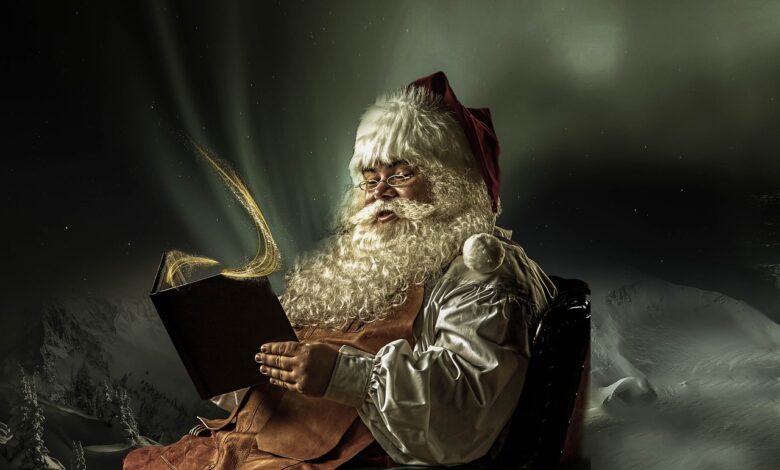
Feature Story: The enchanting legend of Santa Claus, with his rosy cheeks and twinkling eyes, has captivated hearts for centuries. The origins of this beloved figure can be traced back to the life of a compassionate monk named St. Nicholas, whose story has evolved over time to become a central part of Christmas folklore.
St. Nicholas, believed to be born around A.D. 280 in Patara, Turkey, earned admiration for his piety and benevolence. Renowned for his acts of kindness, the monk became the protagonist of numerous legends. A defining tale recounts how he selflessly distributed his wealth, traversing the countryside to aid the poor and sick. One of the most famous stories involves St. Nicholas rescuing three impoverished sisters from a dire fate by providing them with dowries, ensuring they could escape the threat of slavery or prostitution.

Over the years, St. Nicholas’s popularity soared, earning him the moniker of the protector of children and sailors. His feast day, celebrated on December 6, became associated with good fortune, making it an auspicious time for significant life events such as weddings or major purchases. By the Renaissance era, St. Nicholas had become the most revered saint in Europe, maintaining his positive reputation even through the Protestant Reformation.
In the 18th century, St. Nicholas made his introduction into American culture. Reports from a New York newspaper in 1773 and 1774 detailed Dutch families gathering to commemorate the anniversary of his death, marking the initial appearance of the cherished figure in the New World.
The evolution of Santa Claus’s name can be traced to Nick’s Dutch nickname, Sinter Klaas, a shortened form of Sint Nikolaas. In 1804, John Pintard, a member of the New York Historical Society, played a pivotal role in popularizing the imagery of St. Nicholas by distributing woodcuts at the society’s annual meeting. These engravings featured familiar elements, including stockings filled with toys, creating an early depiction of Santa Claus that persists to this day.
Washington Irving further contributed to the dissemination of Sinter Klaas stories in 1809 when he referred to St. Nicholas as the patron saint of New York in his book, “The History of New York.” As Santa’s prominence grew, he took on various appearances, from a mischievous character in a blue three-cornered hat to a figure clad in a broad-brimmed hat and “huge pair of Flemish trunk hose.”
The transformation of St. Nicholas into the universally cherished Santa Claus showcases the enduring power of folklore and tradition. From the altruistic acts of a Turkish monk to the festive, gift-bearing icon we know today, the journey of Santa Claus is a testament to the timelessness of storytelling and the magic of the holiday season.
Suparjya Swain






